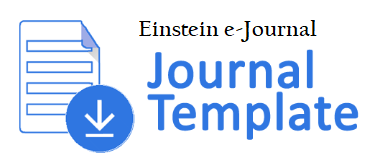USING SMOOTHNESS-CONSTRAINT LEAST-SQUARES INVERSION OF SCHLUMBERGER CONFIGURATION RESISTIVITY GEOELECTRIC METHOD TO ANALYZE GROUNDWATER DISTRIBUTION AT PADANG SELATAN
DOI:
https://doi.org/10.24114/eins.v13i3.69054Abstract
This research aims to analyze the distribution of groundwater in the South Padang area through the application of the Smoothness-Constraint Least-Squares Inversion (SCLSI) method to the Schlumberger configuration geoelectric data. This method was chosen because of its ability to produce a smoother and more accurate resistivity model, and to overcome noise problems in geoelectric data. Measurements were taken at several points with the Schlumberger configuration, which were then processed using SCLSI to map the soil layers and the presence of groundwater. The analysis results showed significant resistivity variations, where areas with low resistivity were identified as potential groundwater accumulation zones. This study makes an important contribution to water resources management, especially in determining the location of exploration and sustainable groundwater management. The results of this study are expected to serve as a reference for the development of groundwater management policies in the area.Downloads
Published
How to Cite
Issue
Section
License
Copyright (c) 2025 Silvia Dona Sari, Akmam ., Irepia Refa Dona, Rahmi Kurnia Putri, Budiman Nasution, Eviyona L Barus, Yanthy L. Perdana Simanjuntak

This work is licensed under a Creative Commons Attribution-NonCommercial 4.0 International License.
Authors who publish with this journal agree to the following terms:
- Authors retain copyright and grant the journal right of first publication with the work simultaneously licensed under a Creative Commons Attribution-Non Commercial 4.0 License (CC BY-NC) that allows others to share the work with an acknowledgement of the work's authorship and initial publication in this journal for non commercial purposes.
- Authors are able to enter into separate, additional contractual arrangements for the non-exclusive distribution of the journal's published version of the work (e.g., post it to an institutional repository or publish it in a book), with an acknowledgement of its initial publication in this journal.



